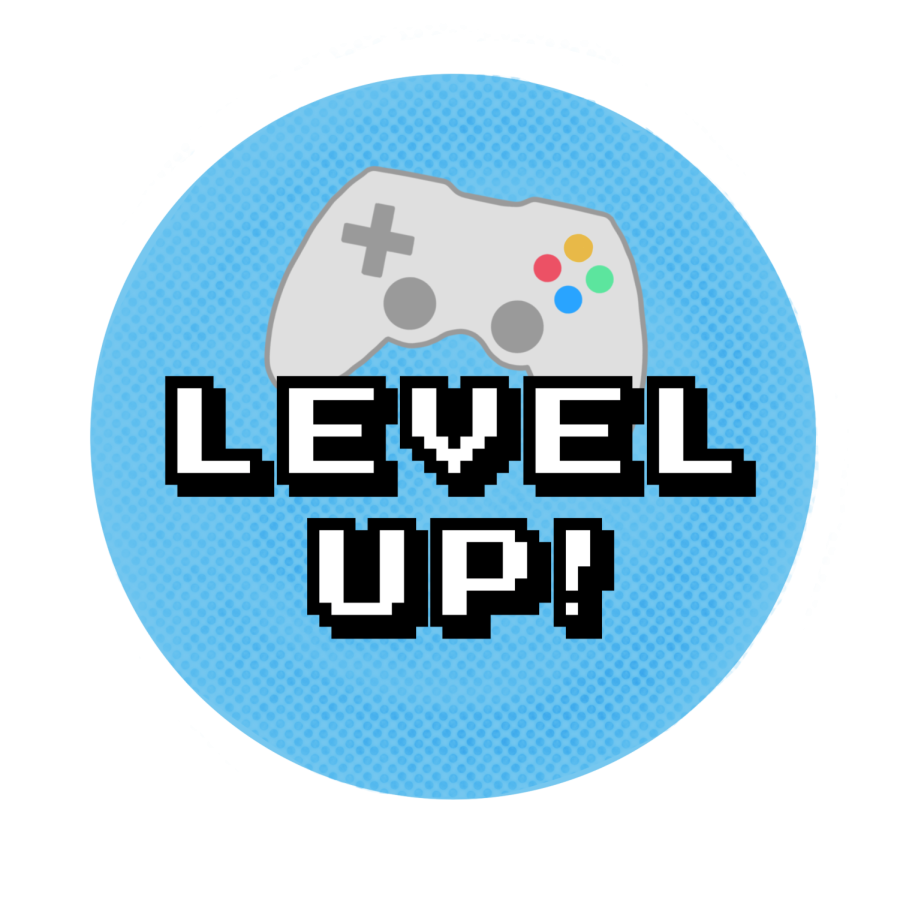Level Up! | Why representation matters to me


Well, here we are. It’s my last blog for The Pitt News, next week will be the end of my tenure as Digital Manager and the week after that I’ll be graduating. It’s a little hard to wrap my head around, honestly.
I spent a lot of time thinking about what I wanted to write. I wanted something personal and profound and when I tried to think of video game moments that profoundly affected me, I kept coming back to “Fire Emblem: Fates.”
Now, while “Fates” gets flack from the Fire Emblem community, I love it. It’s fun and has a deeply engrossing cast of characters, a killer soundtrack and fun Fire Emblem gameplay. But one thing that sticks with me about playing that game as a teenager just starting high school — it made me feel really uncomfortable about my body.
Ok, let me back up. The female player character, Corrin, has two classes she can change into once you’ve leveled her up enough. The one I liked was the Nohr Noble, because it let you cast magic, and when I upgraded Corrin, I saw the updated class design involved what’s basically an armored leotard and the camera, by default, gave you a good view of her butt.
Now, as a kid who grew up watching anime, I’ve seen much raunchier designs. Hell, the characters Camilla and Charlotte from the same game leave much less to the imagination. However, something about having my character, who’s design and stats I picked out and was supposed to represent me, be sexualized like that made my stomach churn. I hated that if I wanted to have this cool class that let me use a sword, magic and turn into a dragon, I had to deal with this fan service stuff of my own character.
Playing the game as a kid, I had this profound feeling that this game was not made with me in mind. Female Corrin wasn’t meant to represent female players — not completely. She was meant to appeal to the male player base.
And, ok, I’m an overweight, Black, bisexual woman with ADHD who can’t play shooters because when something attacks me I panic and waste ammo firing in the wrong direction. For those reasons and more, I’ve always had to distance myself from player characters and didn’t spend a lot of time on forums in the 2010s. I had made peace with that. Sure, straight, white guys have more in common with Joel from The Last of Us than I do with most protagonists, but they can’t all relate to being a dad, so it’s practically the same thing, right?
But every now and then I’m hit with something that reminds me just how much it means to me for games to actually put more people on screen than your classic straight, white guy, and how much it hurts when all you get is something harmful.
I’m playing “Monark” and the only character who’s noticeably dark skinned is an evil psychopathic woman child who gleefully murders people. It’s not the first time a JRPG has had the villains be conspicuously darker-skinned compared to the heroes — a standout example is “Fire Emblem: Awakening,” where the character of Robin is extremely pale compared to their father Validar, who is evil — but that doesn’t mean it’s not like someone’s sticking a fork in my side every time.
In contrast, I played “Mission: It’s Complicated” a few weeks ago, and when one of the characters mentioned that they were bipolar, which was met with sympathy and actual discussion of what that means instead of it being written off as one of the “bad person” mental illnesses, I nearly broke down crying. Members of my family have bipolar disorder, and it isn’t usually treated with that kind of care in media.
This even goes for accessibility. I’ve had glasses for years and I never realized how wonderful being able to change the text size of a game was until I played “The Outer Worlds” and realized that was an option.
If you haven’t experienced this moment of feeling seen, it’s hard to properly describe it, but it’s kind of like having a rock in your shoe and finally getting the chance to stop and take it out. It’s not the end of the world while it’s there, but it is so refreshing once it’s gone.
People, both proponents and opponents, will often frame diversity as just trying to check as many boxes off as possible. “If we want to get a good grade in diversity, we should have a Black lesbian — that checks off two boxes!”
But that’s not the case at all. Diversity — good diversity — is about seeing people and the things that make them different. Instead of seeing dark skin as a way to symbolize this character is evil, it’s about knowing that it’s a trait that real people who play your game have. It’s about recognizing that people with mental illness aren’t scary potential killers, but people with complex lives and their own challenges.
It’s not that every game has to have every kind of story, it’s that developers should change up the kind of stories they’re telling and remember who they’re telling them to and how.
Recent Posts
Who Asked? // Do we really get a summer vacation?
This installment of Who Asked? by staff writer Brynn Murawski mourns the seemingly impossible perfect…
Notes From an Average Girl // Notes from my junior year
In this edition of Notes From an Average Girl, senior staff writer Madeline Milchman reflects…
Meaning at the Movies // The Power of the Movie Theater
In this edition of “Meaning at the Movies,” staff writer Lauren Deaton discusses her love…
EMBRACE sponsors Black Maternal Health Wellness week
Because Black women’s maternal health is not institutionally prioritized, Pitt’s EMBRACE sponsored a Black Maternal…
Local ‘Standing Wave’ coffee truck energizes the Pitt food scene
The small business coffee truck “Standing Wave” has become a beloved new coffee spot on…
Editorial | A free world demands a free press
After years working as student editors, they have learned a lot about the challenges and…
